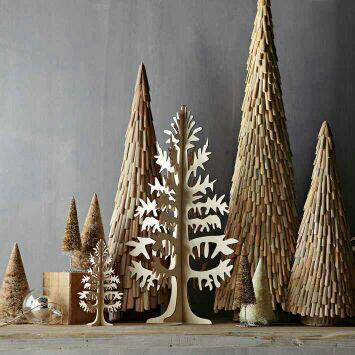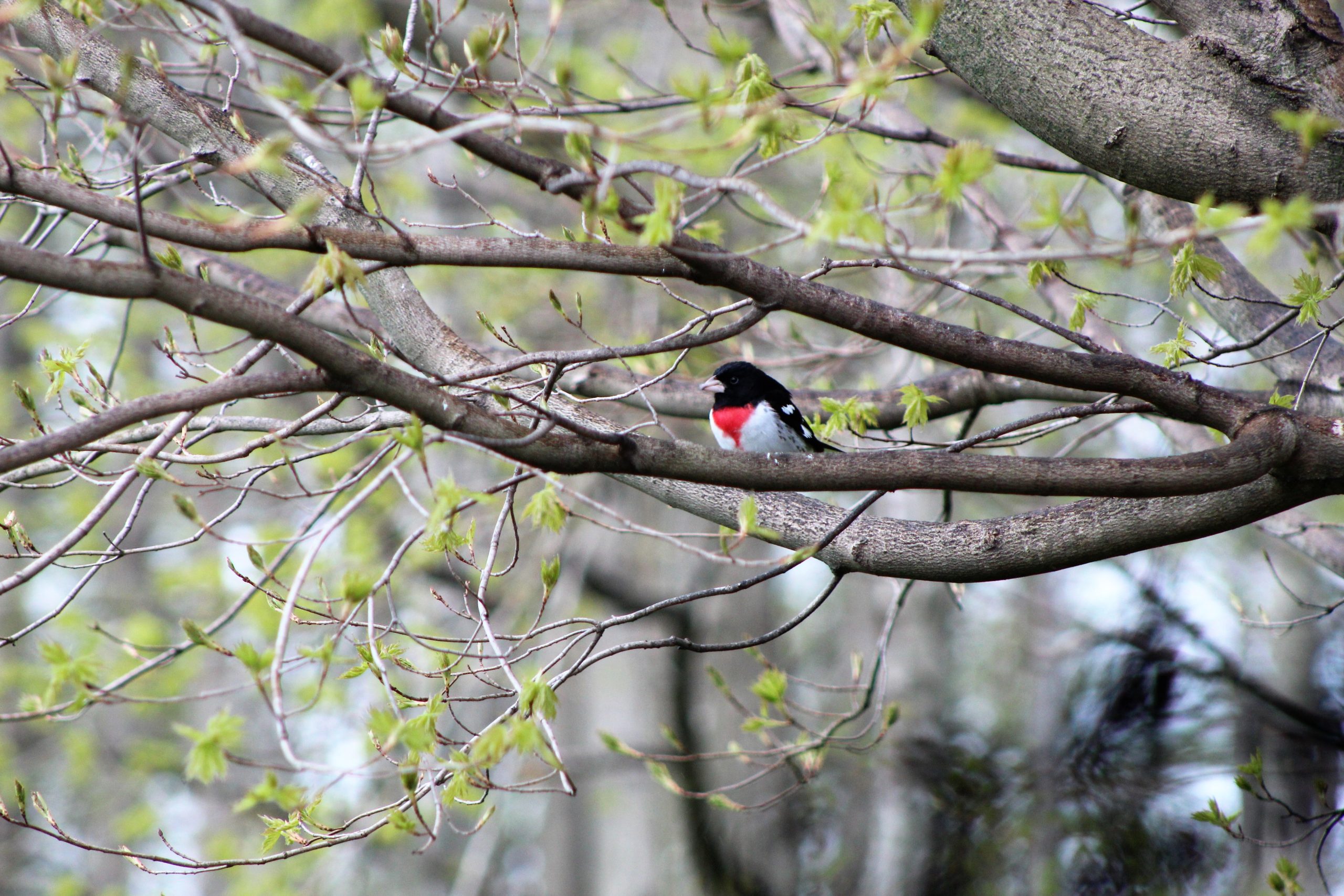Whispers of Advent – Luke Chapter 18
From a state of brokenness, she heard Jesus whisper to her throughout the Advent Season.
Her son – her only son – was ill. It was a strange illness – undiagnosed, puzzling the doctors. One doctor after another. One hospital after another.
True Confessions
I pray as I walk down the narrow road, talking to the Father about those early days, years ago, when I was so zealous in my faith, so trusting, so willing. I remember the words written on the thin pages of my King James Bible, so vivid and distinct, as though they were freshly written with the very ink on the true papyrus used by St. Paul. The words seemed to magnify, embolden, and rise up, penetrating my spirit:
Early Morning Wisdom ~ Post 4 – From “The Getaway – Seeking Sounds of Silence, the Secret Place of Rest, and Wisdom”
The Porcupine Mountains in Michigan’s Upper Peninsula, are unbelievably remote. Our campsite is at the Northeast tip of this huge state park;
Remember what He said . . .
The day was the worst ever. It was neither “Good” nor “Holy,” as we now refer to the Friday of Holy Week. In the midst of the curious, the angry, the Jewish officials, and the Roman soldiers, this handful of Christ followers – the women – stood near the cross, numbed in their sorrow and despair. Their Messiah, their Lord, their Savior, had been brutally beaten – beyond recognition. Earlier, they had followed Him and the procession of onlookers as He carried His cross, sometimes falling to the ground, up the hill.
How can He possibly continue. Please God.
But He did continue.
Wait! First I Need My Helmet.
I post on my Facebook Author’s page every day, most often using photos or Bible verses, or “sayings” that have spoken to me. Sometimes I select the postings days in advance, scheduling them for a later time. After the post is published, I review it, as though I haven’t seen it before.
And always – it speaks anew to me.
Take it personal – His purpose.
I’ve been pondering God’s purpose, of which I wrote in the last post. (Click here to read, “It Is Not Coincidental.”) Actually, I’ve been pondering this concept of God’s purpose for quite a few years.
It seems that for much of my life, I may have feared my Abba Father with a fear that was not scriptural, believing that His purpose for me was to suffer the consequences of every sin – every wrong decision – every foolish move I made.
It is Not Coincidental
Jesus hung on the cross, two others beside him.
It was nearing sunset, which marked the beginning of the Sabbath. No bodies were to be left on a cross during the Sabbath. Their deaths must be quickened. So on that Friday, the day of crucifixion, the legs of those crucified men were to be broken. This was typical. A means to hasten death.
A More Meaningful Lent
As I contemplate these 40 days of Lent, I’ve been listening to and observing others. Some people are fasting. Some share what they are “giving up” for Lent: chocolate; complaining; social media, etc. Some don’t share – it’s personal – or perhaps it’s sacred. Others are not observing Lent, for whatever reason.











